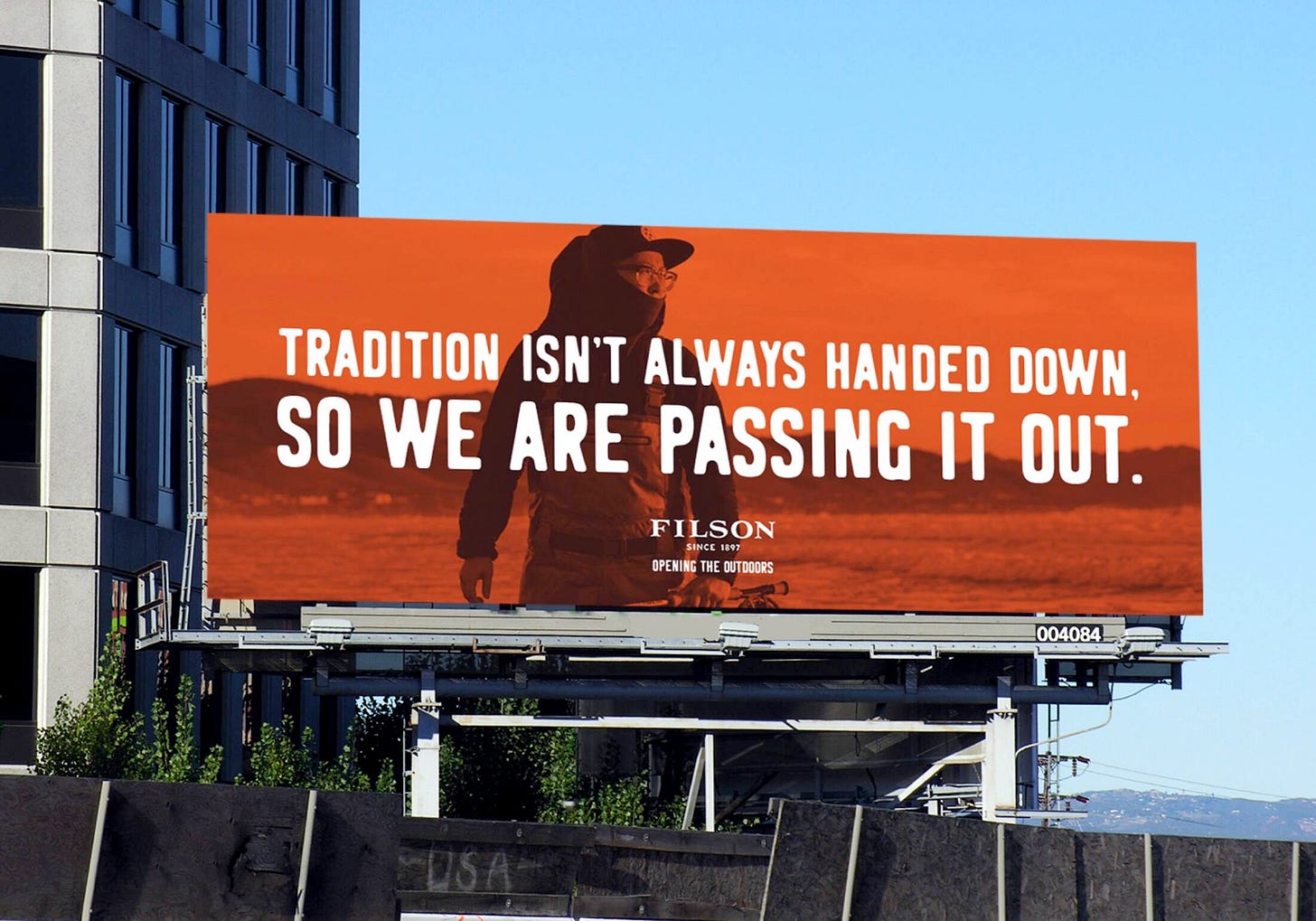There’s a certain magic to duck hunting in flooded timber—you stand knee-deep in water that mirrors the sky, surrounded by towering trees that rise like cathedral pillars with bare branches that form a tangled web above.
The ducks are out there, you know they’re coming, and every muscle in your body is ready for their approach.
Many hunters carry a few calls on a lanyard, each one has a story and a purpose. The low, guttural chuckle of the Mallard, the high-pitched whistle of the Teal, the sharp, staccato notes of the Wood Duck.
You choose your call with care, knowing that the wrong call could send every duck within earshot off course, but the right one… the right one will bring them in, wings cupped, feet outstretched, cutting through the air with a singular purpose.
Duck calling is not just about making noise—it’s about knowing your target, understanding their behaviors, and using a specific call that resonates with the species you’re trying to bring in.
Just as ducks won’t respond to a general call, customers won’t respond to a generic message.
They need to hear the message that speaks directly to them.
The Disconnect
In an industry built on authenticity, there’s a surprising disconnect between how outdoor brands market their products and how they communicate with their audience.
There are many brand marketers that get so caught up in playing the game that they treat their customers as if their entire identity revolves around buying gear. This approach not only alienates a significant portion of their audience but also overlooks the broader reasons why people engage with the outdoors in the first place.
Consumers are People First, Gearheads Second
Yes, there are hardcore enthusiasts who live and breathe gear. But for the majority of outdoor consumers, the gear is a means to an end—it’s about the experiences, the memories, and the connection to nature that your brand facilitates.
When brands focus too heavily on the gear itself and forget the person behind the purchase, they risk reducing their relationship with customers to nothing more than a transaction.
Here’s the reality: most consumers aren’t sitting around thinking, “What can I buy next?”
They don’t see an ad that says “buy this thing” and immediately reach for their wallet.
Seeing an ad isn’t enough to convert a sale.
Ad copy needs to do more than just shout: “We have a product you should buy right now.” It needs to tell a story, offer value, or tap into an emotion that resonates with the consumer’s life.
When you’re calling in ducks, you don’t just blow into any call. It’s about subtlety, nuance, and understanding what that individual duck needs to hear (or not hear) at that moment.
The same principles apply to communicating with customers.
They don’t just want to be bombarded with the latest features or technical specs—they want to be understood, appreciated, and engaged in a way that speaks to their values and lifestyle.
The Power of Relatable Communication
Relatable communication isn’t just about talking to consumers in plain language. It’s about recognizing the real-life challenges they face and addressing those challenges with empathy and respect.
For many outdoor enthusiasts, time, budget, and accessibility are real concerns. They’re not always looking for the most specialized, high-end gear; sometimes, they’re just looking for something that gets the job done and fits within their lives.
Brands that take the time to understand this and communicate accordingly are the ones that build loyalty. They’re the ones that customers return to because they feel like they’re being heard, not just sold to.
Instead of speaking at their audience, these brands engage in a conversation—a two-way street where customer feedback is valued and acted upon.
Case Study: Might As Well Have The Best
Consider Filson, a brand that has built its reputation on durability and timeless design. Filson doesn’t just sell products; it sells a lifestyle rooted in ruggedness, tradition, and the American frontier.
Filson’s marketing copy isn’t about pushing the latest trends; it’s about reinforcing the idea that their products are built to last, passed down through generations, and trusted by those who work and play in the harshest conditions.
By focusing on the stories of real people who use their gear—from ranchers to adventurers—they create a narrative that resonates deeply with their audience. This approach fosters a sense of loyalty and community, where customers feel that they’re buying more than just a jacket or a bag—they’re investing in a legacy.
Final Thoughts:
Brands need to move away from treating their customers as walking wallets and start recognizing them as individuals with diverse needs, interests, and motivations.
This means shifting the focus from product-centric messaging to consumer-centric communication. It also means using language that resonates, content that educates and inspires, and interactions that build trust and loyalty over time.
In a crowded market, the brands that succeed will be those that know how to call to their customers, not just with offers and promotions, but with a message that says, “We get you. We’re here for you. Let’s make this journey together.”





